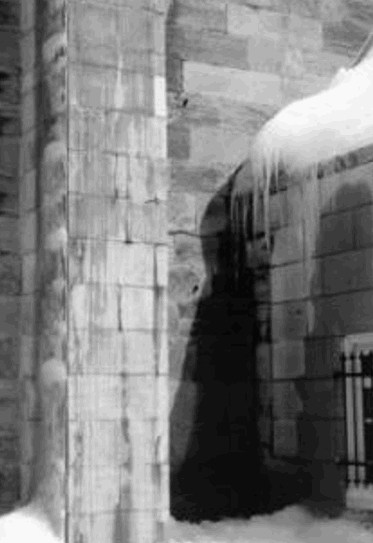Fernando Pellicer1
1Architect, Duschenes & Fish Architects, Montreal, Quebec, Canada1425 Rene-Levesque blvd., E-mail, pellicer@dfsarch.com
ABSTRACT
Water infiltration and saturation of mortar joints in solid masonry walls has always been a concern, especially in northern climates where the action of freeze-thaw cycles is very destructive. The exterior “skin” of a solid masonry wall is the only line of defense against water infiltration. Rarely are there drainage cavities similar to rain screen walls. Areas of high exposure such as cap and plinth stones, cornices, ledges, buttresses, etc. which do not have the benefit of roof eave or flashing protection are particularly vulnerable.
The presentation will discuss the potential benefits of polymer modified repointing mortars. Improved bond, flexural and compressive strengths, reduced water absorption and greater freeze-thaw resistance are a few of the positive points. The significant drawback is the reduced vapour transmission of these mortars, particularly when the polymer/ciment ratio exceeds 10%. This could have a detrimental effect on the existing mortar if any water that may find it’s way into the wall cannot escape by evaporation through the joint and is instead forced out through the masonry unit. The result may be a gradual deterioration of the masonry unit depending on the porosity of the unit. The challenge is to develop a polymer modified repointing mortar in which the positive aspects are retained to a sufficient degree and yet maintain an acceptable level of vapour transmission.
Two case studies are presented which explore this question. The first is the 1993 restoration of the head office of the Bank of Montreal, an early 1960’s office tower with solid masonry walls in which a polymer modified repointing mortar was used for added bond and flexural strengths. The second is the 1988 and 1998 restorations of St. Patrick’s Basilica in Montreal, an 1847 historic monument which has had a long history of repeated failures of the buttress mortar joints. Currently long-term tests are being performed with several mortar mixes, with and without polymer, in order to acquire a better understanding of polymer modified mortars when used for repointing .
Key words: Polymer modified mortars, repointing mortars
MORTAR01



